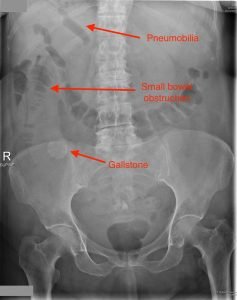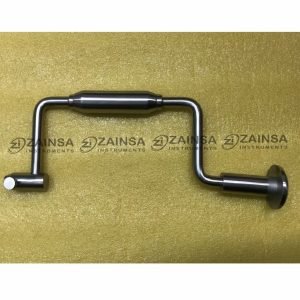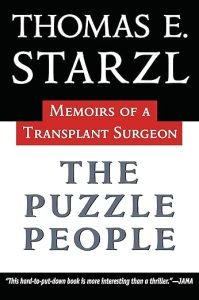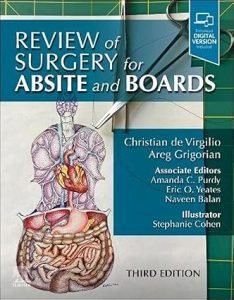Q: A patient develops a delayed hemorrhage 3 weeks after an open necrosectomy. Which of the following best describes the pathophysiology of this complication?
# Pancreas INI CET MCQs
 admin
admin
Mitraclip
Q ) A 68-year-old male with severe mitral regurgitation due to a prolapsed mitral valve is being evaluated for a MitraClip® procedure. Which of the following is a known limitation of the MitraClip® treatment?
A) It has a high risk of causing permanent heart valve failure.
B) Long-term durability of the device is uncertain, and its effectiveness may decline over time.
C) The MitraClip® is associated with increased risk of severe aortic stenosis.
D) The procedure is recommended for all patients with moderate to severe mitral regurgitation, regardless of surgical risk.
Sestamibi in Parathyroid
Answer For Premium Members
Theme from mock test on 16.2.25 — #parathyroid
H. Pylori Serology
Q: Which of the following is the primary reason why serology is not recommended for evaluating H. pylori treatment success?
# Stomach — INI GI Mock Test
Axillary lymph node dissection in ca breast
Q: Which of the following statements is most accurate regarding axillary lymph node dissection (ALND) in breast cancer staging?
Constipation in Childhood – Most Likely Diagnosis MCQ for INI CET, NEET SS, and Pediatric Surgery Exams
Q) A 4-year-old child presents with a history of infrequent, hard stools associated with painful defecation.
There is no history of vomiting, fever, or blood in the stool. On examination, there is a palpable fecal mass in the left lower abdomen, and the anal tone is normal.
What is the most likely diagnosis?
# Theme from Mock test 32
- A) Hirschsprung disease
- B) Functional constipation
- C) Intussusception
- D) Anal fissure
Glenn Procedure in Single-Ventricle Heart Defects
Q) Which of the following best describes the main goal of the Glenn procedure performed in patients with single-ventricle congenital heart defects, such as after the Norwood operation?
#Congenital cardiac mock test on 8th Dec 24
- A) To create a two-ventricle circulation by repairing the mitral and tricuspid valves.
- B) To establish direct pulmonary blood flow by redirecting the superior vena cava to the pulmonary arteries.
- C) To replace the right ventricle with a synthetic pump for systemic circulation.
- D) To connect the left atrium directly to the right ventricle to improve systemic oxygenation.





